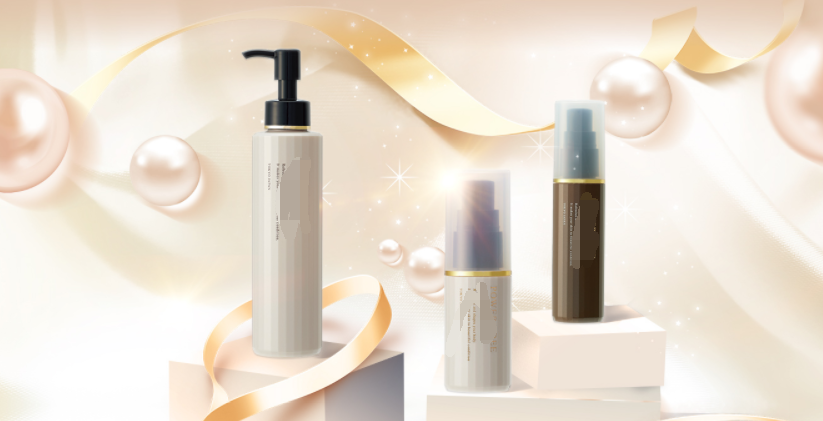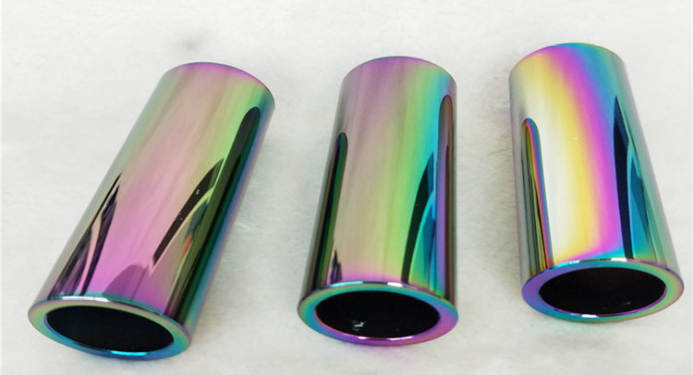Applications of 70% Hydroxyacetic acid/ Glycolic acid
Hydroxyacetic acid, also known as glycolic acid, is low in toxicity, corrosive, and odor, non-flammable, biodegradable, highly water-soluble, and acts as a metal chelator and effective neutralizer. Its applications are extensive:
1. Chemical Cleaning: A 70% solution of glycolic acid is primarily used as a cleaning agent and can be used as a primary cleaning agent for air conditioners, boilers, power plant pipelines, condensers, heat exchangers, and other applications.

2. Biodegradable Materials: It is widely used in the preparation of implantable sustained-release drug systems, implantable prosthetic devices, bioresorbable surgical sutures, artificial bone and organ materials, and holds great development potential.
3. Bactericide: Hydroxyacetic acid can form hydrophilic chelates with metal cations through coordination bonds, inhibiting the growth of iron-oxidizing bacteria. It can be used as a bactericide and as an inhibitor in the flotation of various ores.
4. Daily Chemicals: Glycolic acid has a very small molecular weight and can effectively penetrate skin pores, quickly addressing skin aging, wrinkles, dark spots, acne, and other issues. Therefore, it is highly regarded in the medical aesthetics community.

5. Electroplating Surface Treatment: Glycolic acid is also used in the electroplating industry as an additive and as a green chemical raw material for electroplating grinding, metal pickling, leather dyeing, and tanning. Glycolic acid is also a solubilizing agent for electroless nickel plating. Its corrosion resistance, fast reaction, and excellent finish make it an excellent additive for improving the quality of electroless nickel plating.

In addition, in the textile industry, glycolic acid can be used as a cross-linking coupling agent for dyeing and finishing wool fibers and cellulose fabrics, or as a cross-linking catalyst for carboxyl-containing fiber fabrics. It can also be used as an ingredient in adhesives, petroleum demulsifiers, welding fluxes, and coatings, and in the synthesis of various pharmaceuticals, pesticides, and chemical additives.